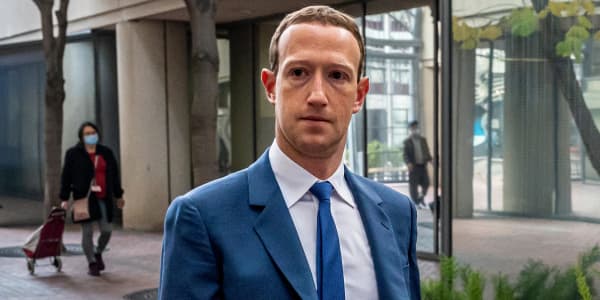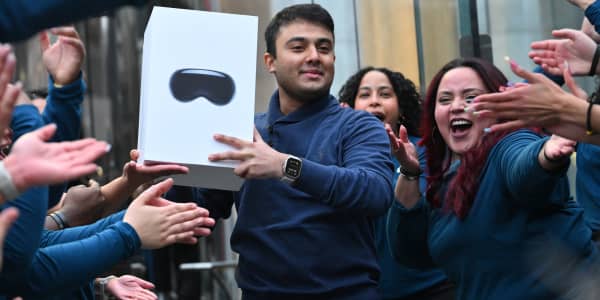As Major League Soccer enters its 20th season, the sport has come a long way from its inauspicious beginnings.
In the first five years, it lost a reported $250 million—and shut down two teams. For most clubs, audiences numbered in the hundreds on a good day.
Three years later things began to turn around. And last year the league signed a new television deal with ESPN, Fox Sports and Univision said to be worth $750 million, as the number of fans filling the stadium hit just shy of 6.2 million.
Owners of three prominent teams in the league, speaking at a session at the ongoing South-by-Southwest conference, said a lot of that can be credited to their outreach programs with fan groups. But technology, they say, had a big hand in it as well.
Read MoreThe world's richest soccer clubs
"We explored technology to differentiate the team from the Royals and Chiefs," said Robb Heineman, owner of Sporting Kansas City. "We realized there was a terabyte of information going out [from in-stadium fans] in a 90-minute match."
To learn from that, the team invested heavily in building out its stadium's Wi-Fi system—and began gathering data as fans used it during games. From that, it has learned everything from what they look at during a game to what they buy and who they come with. That information, said Heineman, is then used to improve the in-stadium experience.
"We want everyone to feel like they're a VIP," he said.
For the Portland Timbers, the technological focus is a bit less intense. While the company has expanded its cellular capability, it intentionally does not have a strong Wi-Fi system in the stadium, preferring that fans watch the action on the field. Instead, it focuses on social media to communicate with fans, encouraging them to post pictures that are taken at the stadium with the team's mascot.
"It's not just the number of followers," said CEO Merritt Paulson. "It's the amount of engagement you have."
Read MoreWorld Cup a tipping point for soccer in US?
Heineman agreed, saying his team uses social media as a direct line of communication with fans. Enthusiasts who supply the team with a set of basic information, including their Twitter handle, are eligible for free tickets when the team is on the road.

Sporting Kansas City also uses direct connection to sometimes sidestep the usual relationship with sports media. This includes not only signings but updates on when the team is talking about a potential trade. That sort of candor does have its drawbacks, though.
"We try to break most of our news on social media," he said. "[But] there have been times I've said something and they didn't come to fruition and I paid the price."
Like many other professional sports teams, MLS in general is exploring how better to enable fans to order food and drinks from their seats rather than trek to the stadium's concession stand. Paulson said MLS fans tend to swarm those stands at select periods in the game, but not as regularly as the NFL or MLB, since there are fewer breaks in the action.
"Everyone in sports is looking at mobile ordering, but if they can work it out, soccer stands to benefit the most," he said.
All of the teams at the panel noted that they're not interested in investing in technology in their differing ways just for the sake of having it. Fan engagement is certainly a big benefit, but in many cases it results in a substantial cost savings as well.
"As we think about technology, it has to make some sense from a financial standpoint," said Adrian Hanauer, minority owner of the Seattle Sounders.
The Sounders recently changed their distribution method for season ticket holders, issuing a ticket card rather than mailing out heavy boxes of season tickets, which resulted not only in a better fan experience but a $100,000 savings. Next up in Hanauer's sites: programs, which are expensive to create and typically get only a moment's attention from fans.
"I can imagine the days of paper programs are numbered," he said.
—By Chris Morris, special to CNBC.com




